Choosing the right physical therapy belt is essential for ensuring comfort, safety, and effectiveness during rehabilitation or caregiving tasks. Whether for a professional caregiver, physical therapist, or someone assisting a loved one at home, understanding the nuances of various belt types can make all the difference. Let’s dive into the key factors and features to consider when selecting a physical therapy safety aid.
What Is the Purpose of a Gait Belt?
A gait belt is designed to provide caregivers with a secure grip while assisting individuals with mobility issues, such as seniors or patients recovering from injury. These belts ensure the safety of both the caregiver and the individual during transfers and ambulation, helping to reduce the risk of falls and back injuries.
For caregivers, understanding the purpose of a gait belt is essential. These belts provide caregivers with the knowledge and skills to handle individuals with limited mobility, whether they are being transferred from one place to another or assisted during belt walking sessions.
Key Features of a Physical Therapy Belt
When choosing a belt, consider the following belt features:
- Material: Many belts are typically made of nylon, canvas, or other durable materials. A wipeable gait belt is ideal for easy cleaning, especially in care facilities or home health settings.
- Handles: A gait belt with handles or a belt transfer belt with handles provides a secure and ergonomic grip, reducing strain on the caregiver.
- Fastening Mechanism: Look for belts with a quick release buckle, quick release metal buckle, or plastic buckle for easy adjustments and secure fastening.
- Size and Adjustability: Belts like a 60-inch gait belt accommodate a range of body sizes, making them versatile for different users, including bariatric patients.
- Padding: Some belts include a pad or padded handles for added comfort, particularly for individuals with sensitive skin or mobility aid requirements.
Types of Therapy Belts and Their Uses
1. Gait Belt Transfer Belt
This type of belt is ideal for safe patient handling and patient transfer tasks. It is commonly used in nursing homes to safely transfer elderly or handicap individuals from beds to wheelchairs or other surfaces.
2. Lift Belt
A lift belt serves as a standing assist aid, aiding caregivers in lifting patients or helping them stand. This belt ensures proper posture and reduces the risk of strain.
3. Mobilization Belt
A mobilization belt is used during physical therapy safety sessions to improve extremity strength, facilitate pain relief, and aid in standing aids tasks.
4. Assistive Devices
Belts like the assist device or transfer belt for elderly are designed for lifting seniors and assisting with belt assist and belt walking activities. These devices enhance patient care and offer a secure solution for individuals with mobility issues.
5. Wipeable and Non-Elastic Belts
A wipeable gait belt with a non-elastic stretch feature is durable, hygienic, and ideal for long-term use in care facilities.
Specialized Options
- Belt for Lifting Patients: These belts are designed to help prevent injuries during lifting.
- Leg Stretcher Belt: Used for exercises like pilates, stretching strap activities, or targeting fascia and hamstring muscles.
- Belt with Handles for Seniors: This type of belt allows caregivers to grasp the belt securely and provides care providers with confidence during tasks.
- Medical Nursing Safety Gait Belt: Tailored for home health and clinical use.
How to Use a Gait Belt
Learning to use a gait belt effectively is crucial for both safety and comfort. Here are some tips:
- Positioning: Wrap the belt snugly around the patient’s waist, ensuring it does not cause discomfort.
- Fastening: Secure the belt using a buckle, ensuring a firm but comfortable fit.
- Grip: Use the padded handles or loops for a secure grip while maintaining proper posture.
- Transfer and Walking: Engage the belt for transfer patients tasks or transfer and walking activities, ensuring the patient’s stability.
- Ensure the Safety: Always test the quick release mechanism before use to avoid accidents.
Benefits for Physical Therapists and Caregivers
For physical therapists, a gait belt for seniors or similar aids facilitate rehabilitation exercises, while caregivers gain confidence with a safe patient transfer tool. Belts also serve as excellent standing assist aids, improving both safety and efficiency.
Popular Use Cases
- Home Health: Assisting family members or friends with mobility issues.
- Nursing Homes: Enhancing patient safety during transfers and ambulation.
- Rehabilitation Centers: Supporting physical therapy safety exercises.
Additional Tips for Selection
- Durability: Choose belts made of high-quality materials like nylon or made of canvas.
- Adjustability: Look for belts that can accommodate a range of body types, including bariatric patients.
- Ease of Use: Select belts with a loop holder or quick release buckle for added convenience.
- Comfort: Prioritize padded options to avoid irritation or discomfort.
Summary Checklist
- Consider the purpose of a gait belt and specific needs, such as gait belt with handles or lift aid.
- Look for key features like quick release metal buckle, wipeable materials, and durable designs.
- Choose appropriate types for specific tasks, such as gait belt transfer belt or leg stretcher belt.
- Ensure proper use and fit to maximize safety and comfort.
The compact ball massager is your personal masseur, who is always at hand. Allow yourself to enjoy moments of relaxation and taking care of your body anytime, anywhere! You can buy this massager at the best price in our store.
In conclusion, selecting the right physical therapy belt can make a significant impact on the safety and efficiency of caregiving and rehabilitation tasks. By understanding the available options and prioritizing comfort, durability, and functionality, you can find a belt that meets your needs while ensuring the well-being of those in your care.



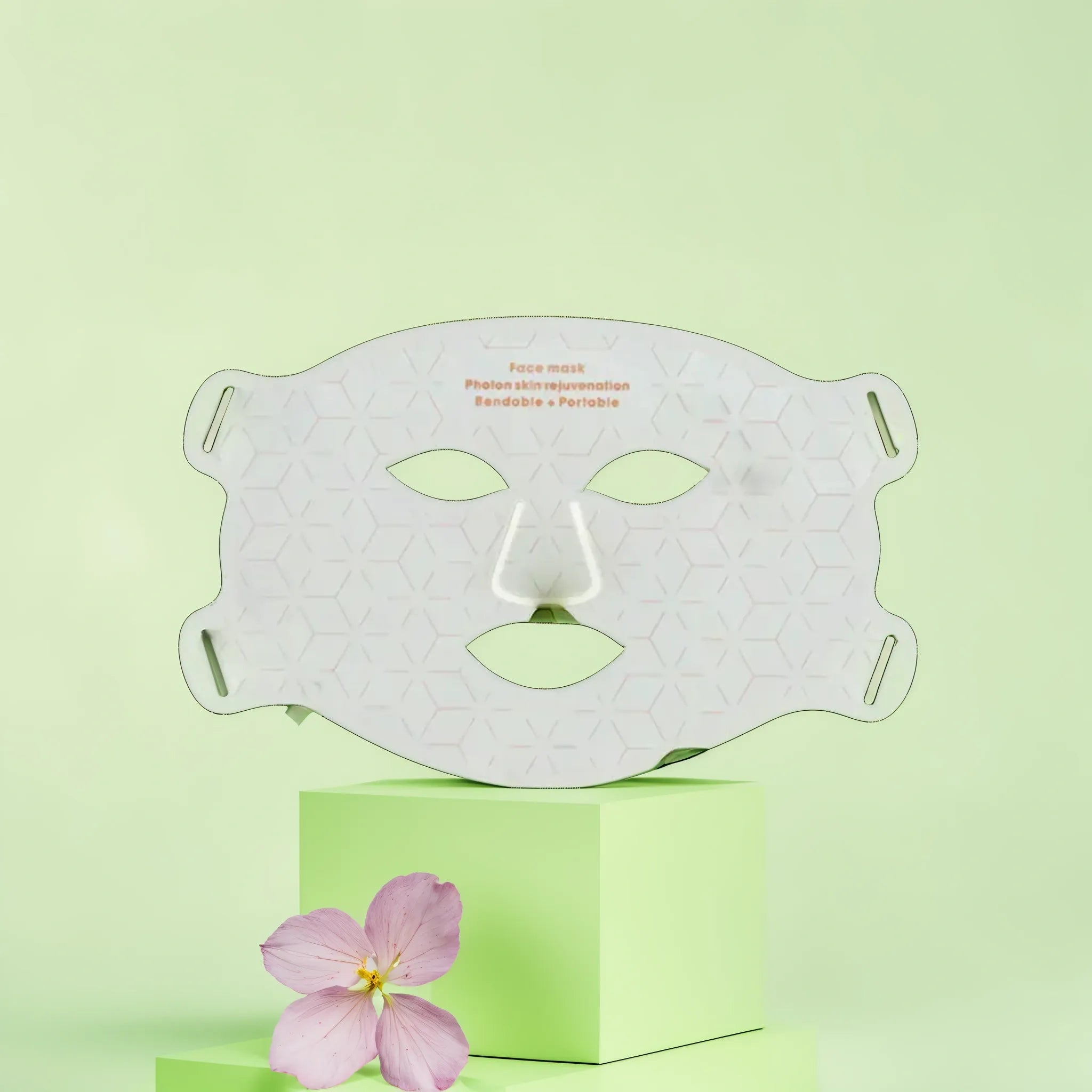
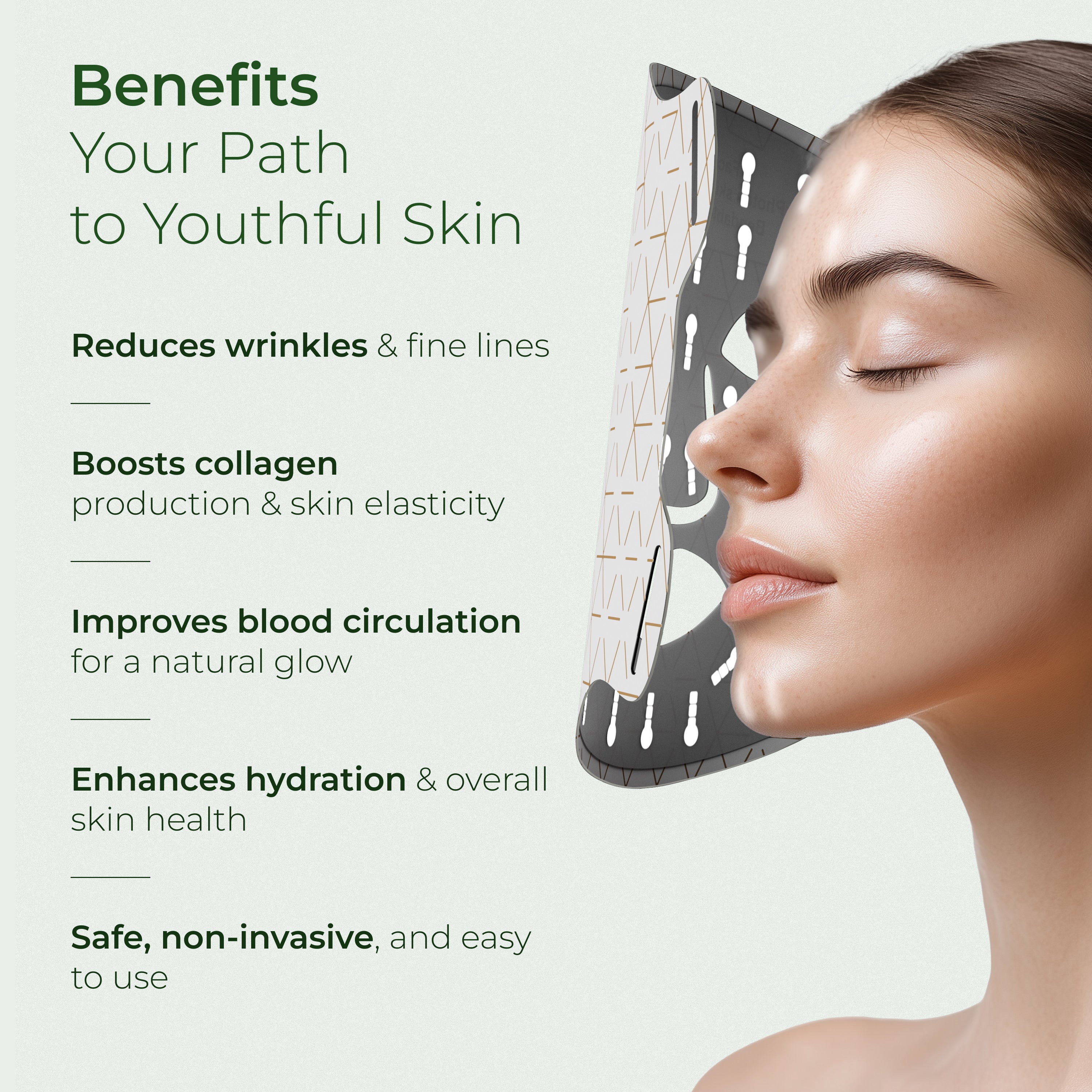


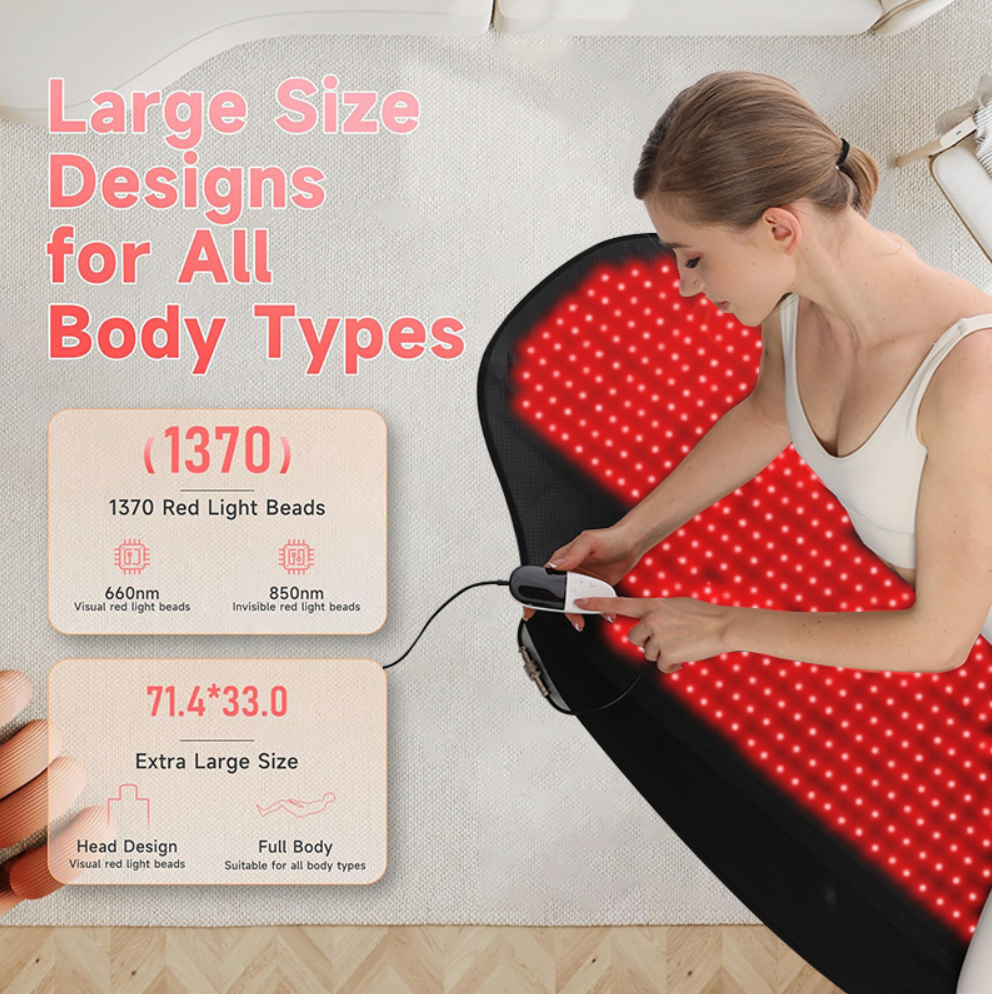
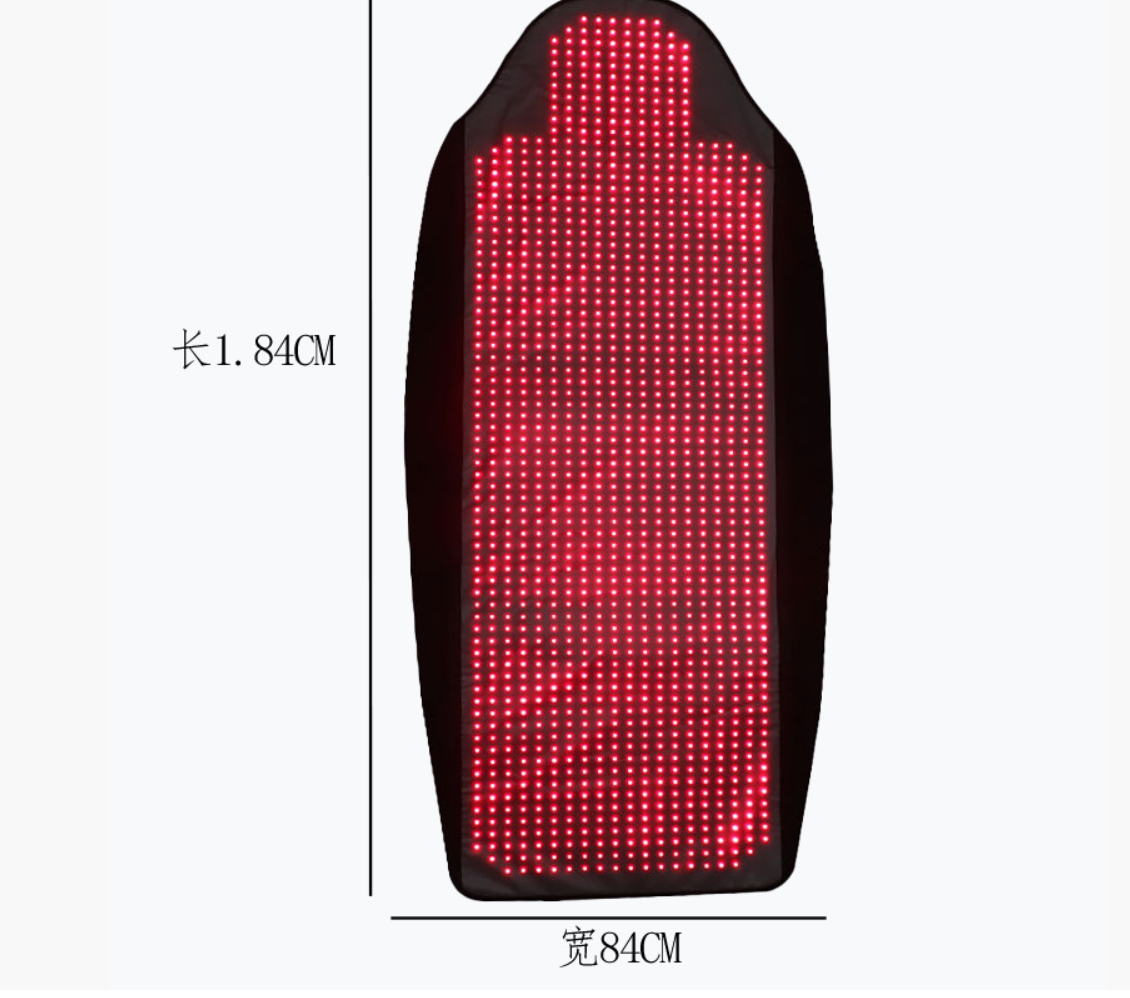
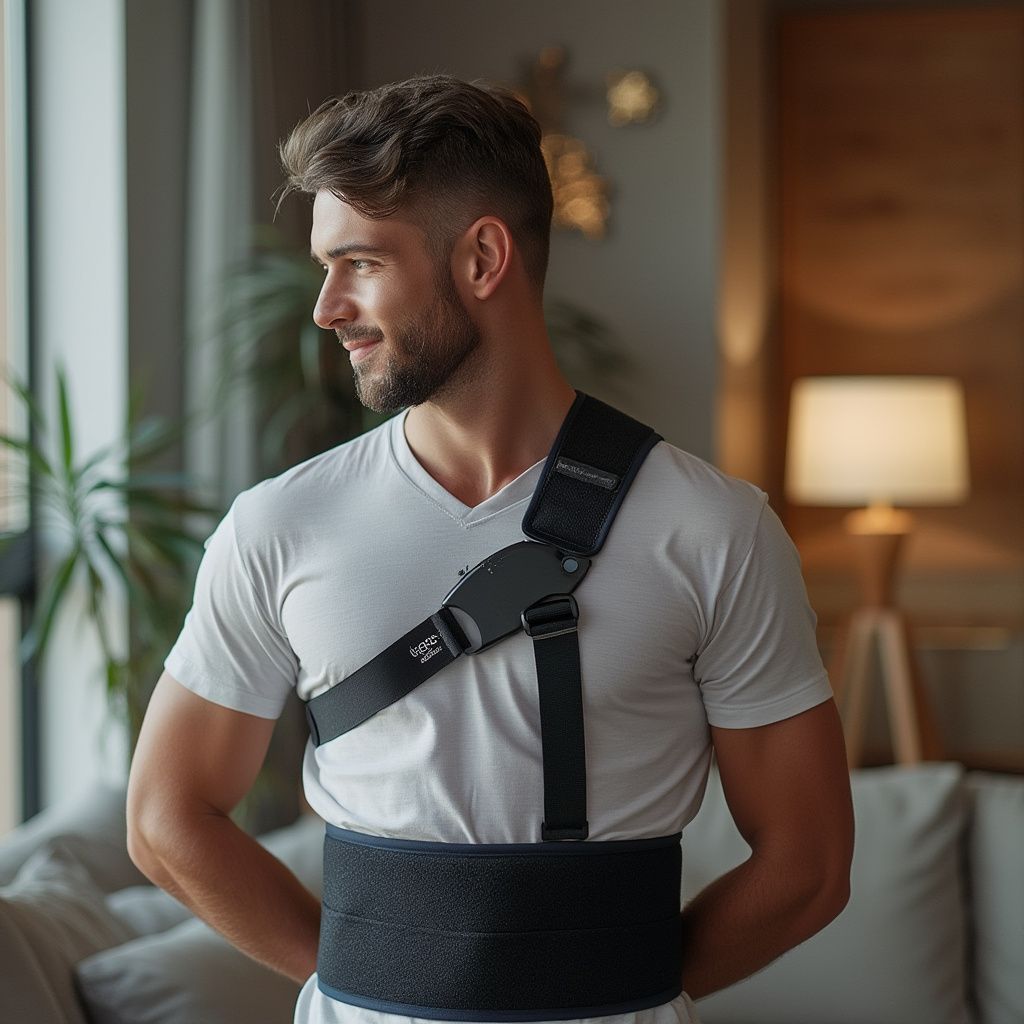


Hinterlasse einen Kommentar
Diese Website ist durch hCaptcha geschützt und es gelten die allgemeinen Geschäftsbedingungen und Datenschutzbestimmungen von hCaptcha.